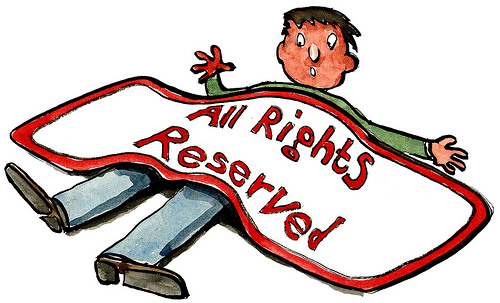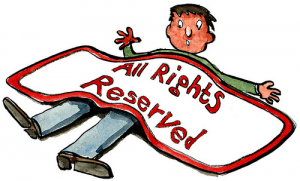
SOPA, PIPA and DMCA : Understand the difference
 SOPA, PIPA and DMCA : Understand the difference
SOPA, PIPA and DMCA : Understand the difference
By Patricia de Hemricourt
DMCA : is the Digital Millenium Copyright Act in place since 1998
SOPA : Stop Online Piracy Act – House of Representative
PIPA : Protect the IP Act – Senate House
Both SOPA and PIPA bills are aimed at foreign websites that infringe copyrighted material. The bills are commonly associated with media piracy, but may also apply to counterfeit consumer goods and medication.
So why so many different legal documents?
Online piracy is a serious issue as billions of dollars and hundred of million of transactions taking place around the world. In the US, copyrights are well protected and an entire industry is built around these rights, including the new media economy, where the entire content system is built around these rights.
The entire content industry is based on effective protection of intellectual property. Foreign sites are using American commerce providers to access American consumer, generating hundreds of million of dollars of transaction for which royalties are not paid to the right holders.
Currently, intellectual property of copyright holders online is protected by the DMCA.
Is the DMCA enough? Is the shutting down of Megaupload a proof that DMCA is effective? Well it took years to shut it down in during those years, the intellectual property theft continue unabated generating major loss on income for the right holders. Once a sale has been made, it is unlikely to be repeated, so all copies of copyrighted material through illegal means in effect are lost sales. So, not only is it known that Megaupload closure only means that dozens of copycat sites will pop up and take years to close down, the past loss of revenue is irrecoverable.
The DMCA provided a mechanism for copyright holders to write letters to the Internet service providers, requesting taking down infringing material and once the material has been taken down, the Internet service provider is free of liability. This system provides a safe harbor for Internet providers abiding to the DMCA.
Yet, the current legislative situation does not enable copyright infringement victims to effectively defend their rights from infringements committed by foreign sites.
SOPA & PIPA deal with foreign website coming into US and doing business with various Internet service providers, financial transaction providers, advertising providers, etc.
What it intended to do was to provide a mechanism very much like the DMCA but with a little difference in process so that once a content holder finds out that there is an illegal site coming in the US it would then notify the Department of Justice that would then put the Internet providers on notice that there is a potential for a site to be offering infringing material.
This means that the burden of justice gets shifted onto the providers and that should be addressed in the procedure or should be addressed in modifying or replacing SOPA. There needs to be a procedure to be a safe harbor and there has to be a procedure for rights holders to be able to put these companies on notice to take action.
Unfortunately MPAA (Motion Picture Association of America) and RIAA (Recording Industy Association of America) believed in a top down model, shifting the burden of enforcing law onto service providers. The adverse reaction of the Internet community that effectively buried SOPA and PIPA underlines the need to deepen the dialog between copyright holders and the Internet community so that, through dialog, a stronger legislation that protects both copyright holders and Internet freedom will be created.
Christopher Dodd, head of the MPAA, already called for a summit with the Internet companies to try and revive the SOPA and PIPA bills in an innovative way. The purpose is to cast a wider net than Apple and Go Daddy and other Internet Moguls that initially were onboard with SOPA and PIPA.
Ultimately, the needs for a functioning legislation is paramount to the survival of both old and new media industries and will have to be drafted, approved by all sides and implemented.